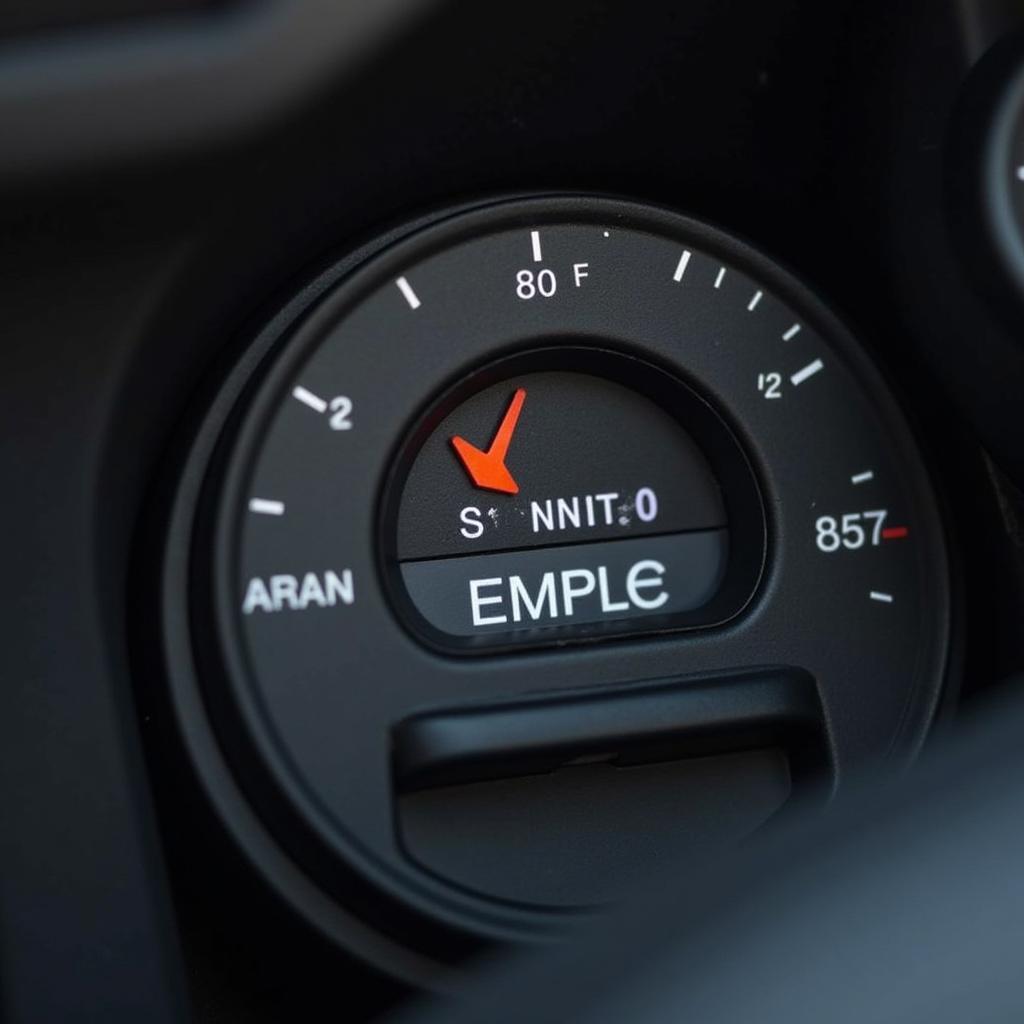A key fob garage door opener is a modern convenience many of us take for granted – until it stops working. Whether your garage door opener is unresponsive, the battery is dead, or there’s a mysterious signal issue, a malfunctioning key fob can turn your daily routine upside down. Before you call in a professional, there are several troubleshooting steps you can take to identify and potentially fix the issue yourself. This guide will walk you through common problems, their causes, and how to get your key fob back in working order.
Common Key Fob Garage Door Opener Problems and Solutions
Before we delve into specific troubleshooting steps, it’s important to identify the root of the problem. Here are some of the most common issues homeowners face:
1. Dead Key Fob Battery
The most frequent culprit for a non-responsive key fob is simply a dead battery.
Solution:
- Replace the battery: Most key fobs use standard coin cell batteries like CR2032 or CR2016. You can purchase these at most hardware stores. Consult your owner’s manual for the correct battery type and replacement instructions.
2. Garage Door Opener Range Issues
If your key fob only works at close range or not at all, the issue might be related to the signal range.
Solution:
- Check the antenna: The antenna on your garage door opener (usually a wire hanging down) is essential for receiving signals from the key fob. Make sure it’s in good condition and hasn’t been bumped or damaged.
- Reduce interference: Other electronic devices, like wireless routers, baby monitors, or even fluorescent lights, can interfere with the key fob signal. Try moving these devices away from the garage door opener.
- Reprogram the key fob: Sometimes, the connection between the key fob and the opener can be lost. Consult your owner’s manual for instructions on how to reprogram your specific model.
3. Garage Door Opener Malfunction
Sometimes the issue isn’t with the key fob at all, but with the opener unit itself.
Solution:
- Check the power source: Ensure the garage door opener is plugged in and receiving power.
- Inspect the safety sensors: The safety sensors, located near the bottom of the garage door tracks, prevent the door from closing on objects or people. If they are misaligned or obstructed, the door won’t close. Check for debris and realign the sensors if necessary.
4. Key Fob Programming Errors
Incorrect programming can lead to communication issues between your key fob and the garage door opener.
Solution:
- Reset and reprogram: Consult your owner’s manual for instructions on how to reset your garage door opener to factory settings. You’ll then need to reprogram all your key fobs.
Understanding Your Key Fob Garage Door Opener
Knowing how your key fob communicates with the garage door opener can help you troubleshoot more effectively.
Radio Frequency (RF): Most modern garage door openers use RF signals. This means the key fob transmits a specific radio frequency to the opener unit, triggering the door to open or close. The advantage of RF is its longer range and the fact that it doesn’t require a direct line of sight.
Troubleshooting Tip: If you suspect RF interference, temporarily turn off other wireless devices in your home to see if this improves the key fob’s range.
Rolling Code Technology: To enhance security, many newer key fobs employ rolling code technology. This system generates a new unique code every time you use the key fob, making it incredibly difficult for anyone to duplicate the signal and gain unauthorized access to your garage.
“The use of rolling code technology in garage door openers has significantly reduced the risk of code grabbing and replay attacks,” says John Smith, a cybersecurity expert at SecureTech Solutions. “This technology ensures that the code transmitted by your key fob is constantly changing, making it virtually impossible for unauthorized individuals to access your garage.”
Maintaining Your Key Fob and Garage Door Opener
Regular maintenance can prevent many key fob and garage door opener problems. Here are some proactive steps:
- Regularly inspect and clean your key fob.
- Keep the garage door opener unit clean and free from debris.
- Test your safety sensors monthly.
- Replace the key fob battery every 1-2 years.
When to Call a Professional
While many key fob issues are solvable with DIY troubleshooting, certain situations warrant professional help:
- You’ve tried all troubleshooting steps, and the problem persists.
- You suspect a complex electrical issue with the opener unit.
- You need help with the installation or repair of your garage door or opener.
Conclusion
A malfunctioning key fob garage door opener can be a frustrating experience. However, understanding the common causes and implementing the troubleshooting steps outlined in this guide can help you quickly resolve many issues. Remember to consult your owner’s manual for model-specific instructions and prioritize safety precautions. If you’re ever unsure or uncomfortable working with electrical components, don’t hesitate to contact a qualified garage door professional for assistance.

